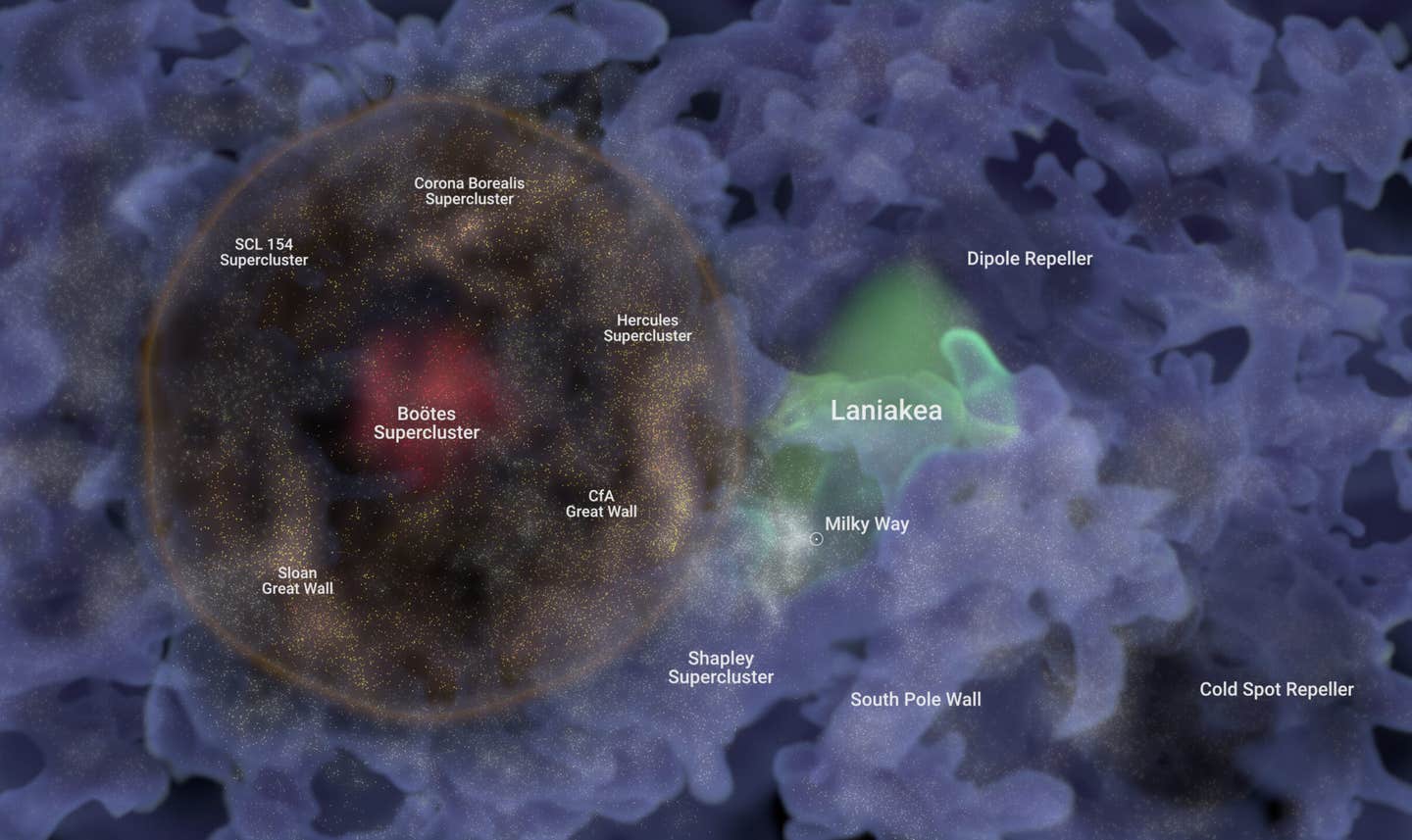Breakthrough finding ends the debate of what killed the dinosaurs
For centuries, one of the greatest paleontological debates centered on the demise of the dinosaurs 66 million years ago.

[Jan. 1, 2024: JJ Shavit, The Brighter Side of News]
For centuries, one of the greatest paleontological debates centered on the demise of the dinosaurs 66 million years ago. (CREDIT: Creative Commons)
For centuries, one of the greatest paleontological debates centered on the demise of the dinosaurs 66 million years ago. Was it a giant asteroid or volcanic eruptions? Dartmouth researchers have turned the table by eliminating human bias and letting powerful processors decipher the mystery.
New Model, Old Data: Published in the esteemed journal, Science, the Dartmouth study presents a groundbreaking modeling method powered by 130 interconnected processors. These processors, devoid of human interference, parsed vast amounts of geological and climate data, retracing the fossil record to pinpoint events leading to the Cretaceous–Paleogene (K–Pg) extinction.
Alex Cox, the study's primary author and a Dartmouth Earth Sciences graduate student, commented, "Most models move in a forward direction. We adapted a carbon-cycle model to run the other way, using the effect to find the cause... the model shows us how we got to what we see in the geological record."
Machine Learning and Extinction: This innovative model analyzed over 300,000 scenarios considering factors like carbon dioxide emissions, sulfur dioxide output, and biological productivity spanning 1 million years around the K–Pg extinction.
Related Stories
Through Markov Chain Monte Carlo, a type of machine learning analogous to smartphone text predictions, these processors converged on a plausible scenario consistent with the fossil record.
The K–Pg extinction, demarcated by the geological periods surrounding the catastrophic event, witnessed global die-offs as food webs crumbled under the erratic climate. This atmosphere, filled with sun-obscuring sulfur, heat-retaining carbon dioxide, and airborne minerals, fluctuated from freezing to searing temperatures.
Asteroid or Volcano: Historically, volcanic eruptions were the primary suspects until the discovery of the Chicxulub impact crater in Mexico. This crater, resulting from a colossal asteroid, has been a strong contender for the extinction's main cause. However, some hypotheses propose a dual cataclysmic cause: the asteroid's collision with Earth already destabilized by volcanic eruptions from the Deccan Traps in western India.
At its peak, the amount of sulfate cooling required by this model is -5 degrees kelvin sustained for 200,000 years, which is potentially outside the realm of physical possibility. (CREDIT: Science)
Brenhin Keller, Dartmouth's Earth Sciences assistant professor and co-author, along with Cox, sought to "see what you would get if you let the code decide." Their revelations? The gases emitted by the Deccan Traps could've alone instigated the global extinction.
The Deccan Traps spewed an estimated 10.4 trillion tons of carbon dioxide and 9.3 trillion tons of sulfur over nearly a million years, with eruptions commencing about 300,000 years prior to the asteroid impact.
A different set of model results. For the 10,000 model runs post-convergence of the MCMC algorithm with no priors on the amount or ratio of gas, their accepted inputs across the extinction boundary were recorded, and their mean and standard deviation was calculated. (CREDIT: Science)
Keller, who has previously linked four of Earth's five mass extinctions to volcanic activities, remarked, "This is the first independent estimation of volatile emissions... consistent with emissions from the Deccan Traps."
While the model exposed a sharp decline in organic carbon in the ocean around the Chicxulub impact, suggesting significant species loss, it discerned no dramatic uptick in carbon or sulfur dioxide emissions at the time. This implies the asteroid's role in the extinction might not be as reliant on gas emissions as previously theorized.
We finally tune carbonate and organic carbon export values to reproduce the pelagic and benthic carbon isotope values pertaining prior to the boundary. (CREDIT: Science)
Drawing parallels, Cox highlighted that from 2000 to 2023, burning fossil fuels has injected approximately 16 billion tons of carbon dioxide into the atmosphere annually. While concerning, it would take thousands of years to rival the emissions from the Deccan Traps.
Cox, on the model's accuracy, stated, "Most heartening is that the results we achieved are broadly physically plausible."
This novel computational method not only provides a fresh perspective on the age-old dinosaur extinction debate but also promises exciting possibilities for understanding other enigmatic events in Earth's history. (CREDIT: Creative Commons)
Innovation and Beyond: By integrating processors, the data analysis duration shrunk dramatically, from potentially years to mere hours. This pioneering technique, according to Cox, is primed to reverse engineer other earth systems models, evaluating known geological outcomes to discern leading factors.
"This type of parallel inversion hasn't been done in earth sciences models before. Our method can be scaled up... it's quite resistant to human bias," Cox added. He humorously noted that peers seemed more captivated by the novel methodology than the research's actual findings.
In wrapping up, it appears that this novel computational method not only provides a fresh perspective on the age-old dinosaur extinction debate but also promises exciting possibilities for understanding other enigmatic events in Earth's history.
For more science stories check out our New Discoveries section at The Brighter Side of News.
Note: Materials provided above by The Brighter Side of News under a Creative Commons license. Content may be edited for style and length.
Like these kind of feel good stories? Get the Brighter Side of News' newsletter.
Joseph Shavit
Head Science News Writer | Communicating Innovation & Discovery
Based in Los Angeles, Joseph Shavit is an accomplished science journalist, head science news writer and co-founder at The Brighter Side of News, where he translates cutting-edge discoveries into compelling stories for a broad audience. With a strong background spanning science, business, product management, media leadership, and entrepreneurship, Joseph brings a unique perspective to science communication. His expertise allows him to uncover the intersection of technological advancements and market potential, shedding light on how groundbreaking research evolves into transformative products and industries.



